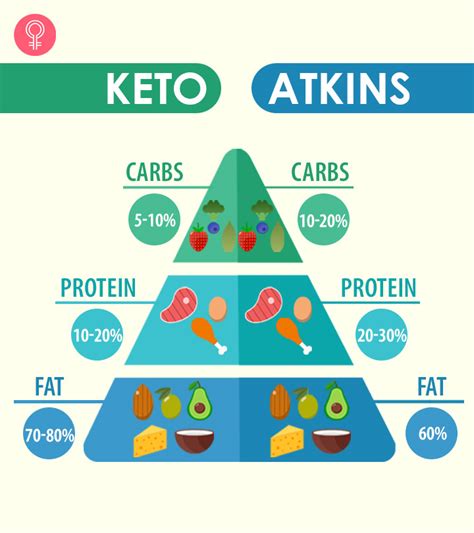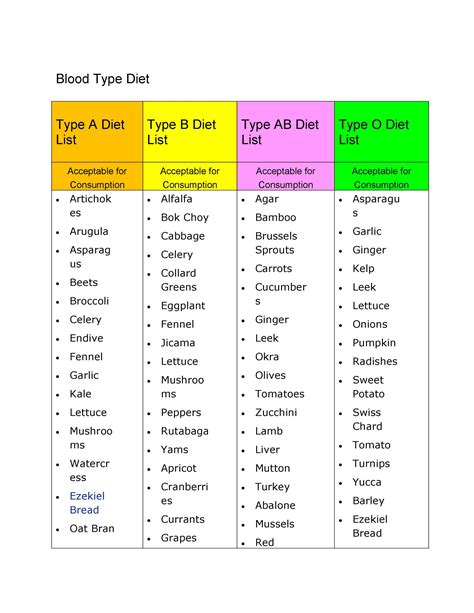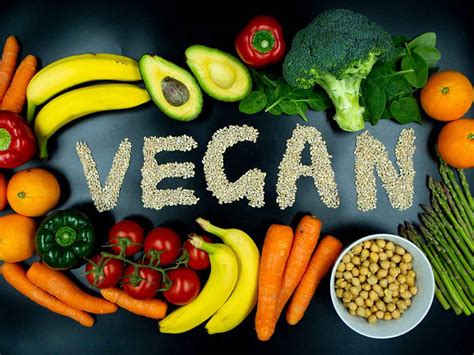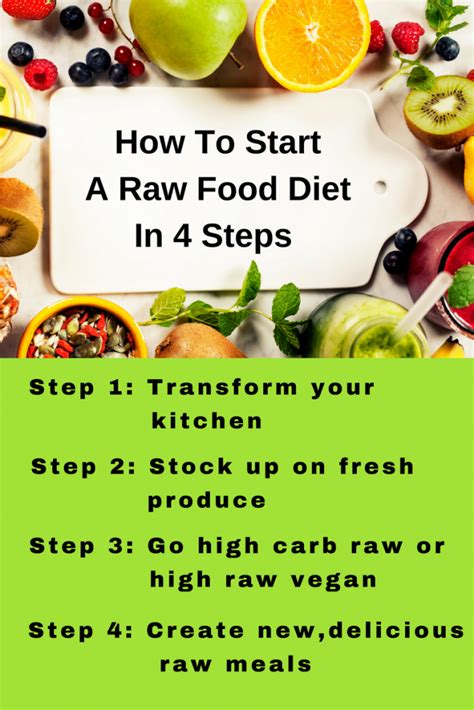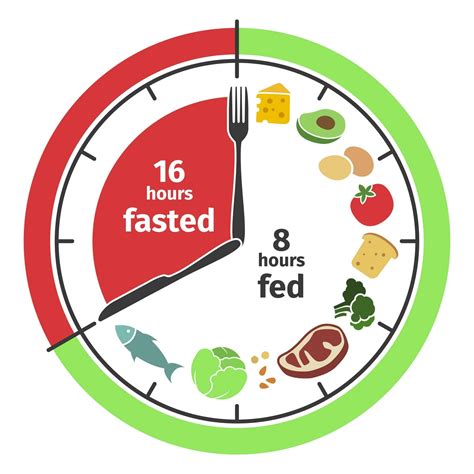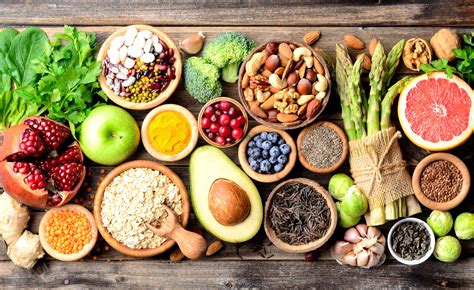Learn about the Atkins Diet, meal planning, induction phase, carb intake, progress monitoring, and adjustments for successful weight management.
Understanding the Atkins Diet
Contents
The Atkins Diet is a low-carbohydrate diet that was created by Dr. Robert Atkins in the 1960s. It is based on the theory that carbohydrates cause the body to produce insulin, which in turn leads to weight gain and other health issues. The main principle of the diet is to restrict the intake of carbohydrates and instead focus on consuming protein and fat. By doing so, the body enters a state of ketosis, where it burns fat for energy instead of carbohydrates.
One of the key concepts of the Atkins Diet is that it is divided into four phases, each with its own set of guidelines and rules. The first phase is the induction phase, where the carbohydrate intake is limited to 20-25 grams per day. This phase is meant to jumpstart weight loss and reset the body’s metabolism. The subsequent phases gradually reintroduce carbohydrates back into the diet, but in controlled amounts.
Another important aspect of the Atkins Diet is the focus on whole, unprocessed foods. This means that followers of the diet are encouraged to eat plenty of vegetables, lean protein, and healthy fats. Processed and refined foods, as well as sugar, are to be avoided as much as possible.
When following the Atkins Diet, it is important to monitor one’s progress regularly. This involves tracking not only weight, but also measurements, energy levels, and overall well-being. By doing so, adjustments can be made to the diet to ensure that it is effective and sustainable.
Overall, the Atkins Diet is a popular choice for those looking to lose weight and improve their overall health. By understanding the principles and guidelines of the diet, individuals can make informed decisions about whether it is the right choice for them.
Creating a Meal Plan
Creating a meal plan for the Atkins Diet is essential for success. The goal of the Atkins Diet is to shift your body’s metabolism from burning carbs for fuel to burning fat for energy. When planning your meals, focus on including low-carb foods that are high in healthy fats and protein. This will help keep you feeling satisfied and prevent cravings for unhealthy snacks.
Start by making a list of foods that are allowed on the Atkins Diet, including lean proteins like chicken, fish, and tofu, as well as non-starchy vegetables such as leafy greens, broccoli, and cauliflower. Next, plan your meals for the week, making sure to include a source of protein and healthy fats with each meal. This could be as simple as grilled chicken with a side of steamed vegetables and a small salad with olive oil and vinegar dressing.
It’s also important to consider snacks when creating your meal plan. Stock up on nuts, seeds, and cheese for quick and easy options to keep you satisfied between meals. Be sure to read nutrition labels carefully, as some packaged snacks may contain hidden carbohydrates that could throw off your keto diet plan.
Lastly, be flexible with your meal plan and experiment with different recipes and food combinations. This will help prevent boredom and keep you motivated to stick to your Atkins Diet. Keep track of your progress and make adjustments to your meal plan as needed to continue seeing results.
Following the Induction Phase
After understanding the basics of the Atkins Diet and creating a meal plan, it’s time to focus on following the induction phase. During this phase, your carbohydrate intake is limited to just 20-25 grams per day. This is done to switch your body from burning carbs for fuel to burning fat for energy. It’s important to stick to this low-carb intake for at least two weeks to kickstart the weight loss process.
During the induction phase, it’s crucial to focus on consuming high-fat, moderate-protein, and low-carb foods. This includes plenty of animal proteins, healthy fats like avocados and olive oil, and non-starchy vegetables. It’s also important to drink plenty of water and avoid high-carb foods like bread, pasta, and sugar.
It’s common to experience side effects during the induction phase, such as headaches, fatigue, and dizziness. This is often referred to as the keto flu and is a result of your body adjusting to the low-carb intake. It’s important to stay hydrated and consume electrolytes to alleviate these symptoms.
Throughout the induction phase, it’s essential to monitor your progress. This includes weighing yourself regularly and tracking any changes in your energy levels and overall well-being. If you’re not seeing the desired results, it may be necessary to make adjustments to your meal plan, such as reducing your carb intake even further or incorporating more physical activity into your routine.
Adjusting Carbohydrate Intake
When following the Atkins Diet, it’s important to understand that the amount of carbohydrates you consume can significantly impact your overall progress. As you progress through the different phases of the diet, it may become necessary to make adjustments to your carbohydrate intake in order to continue seeing results. This can be a challenging process, but with the right approach, it is entirely manageable.
One way to adjust your carbohydrate intake on the Atkins Diet is to gradually introduce more complex carbohydrates into your meals. This can be done by incorporating foods such as nuts, seeds, and certain vegetables that are higher in fiber and take longer to digest. By making this change, you may be able to increase your carbohydrate intake slightly without experiencing any negative effects on your weight or energy levels.
Another method for adjusting carbohydrate intake is to pay close attention to how your body responds to different levels of carbs. You can do this by keeping a detailed food journal and tracking your blood sugar levels throughout the day. By analyzing this data, you can determine the optimal amount of carbohydrates that allows you to stay in ketosis while still feeling satisfied and energized.
It’s also important to remember that everyone’s body is different, so what works for one person may not work for another. Adjusting carbohydrate intake is a highly individualized process, and it may take some trial and error to find the right balance for your body. Be patient with yourself and be willing to make small adjustments as needed to achieve the best results on the Atkins Diet.
Monitoring Progress and Making Adjustments
When following the Atkins Diet, it is important to regularly monitor your progress and make adjustments as needed. This will help you stay on track and continue to see results. One way to monitor your progress is by tracking your weight and measurements. Keep a log of your weight each week and take measurements of your waist, hips, and other key areas. This will allow you to see if you are making progress and if any adjustments need to be made.
Another important aspect of monitoring progress is paying attention to how you feel. Notice any changes in your energy levels, mood, and overall well-being. If you are feeling sluggish or have low energy, it may be a sign that you need to adjust your carbohydrate intake or make other changes to your meal plan.
It is also helpful to track your food intake and make note of any potential triggers for cravings or overeating. This will allow you to identify problem areas and make adjustments to your meal plan as needed. You may find that certain foods or habits are hindering your progress, and making changes in these areas can help you stay on track.
Finally, don’t be afraid to make adjustments to your Atkins Diet as needed. If you are not seeing the results you want, consider consulting with a healthcare professional or registered dietitian to get personalized guidance. They can help you make the necessary adjustments to your meal plan and provide support as you continue your low-carb journey.

